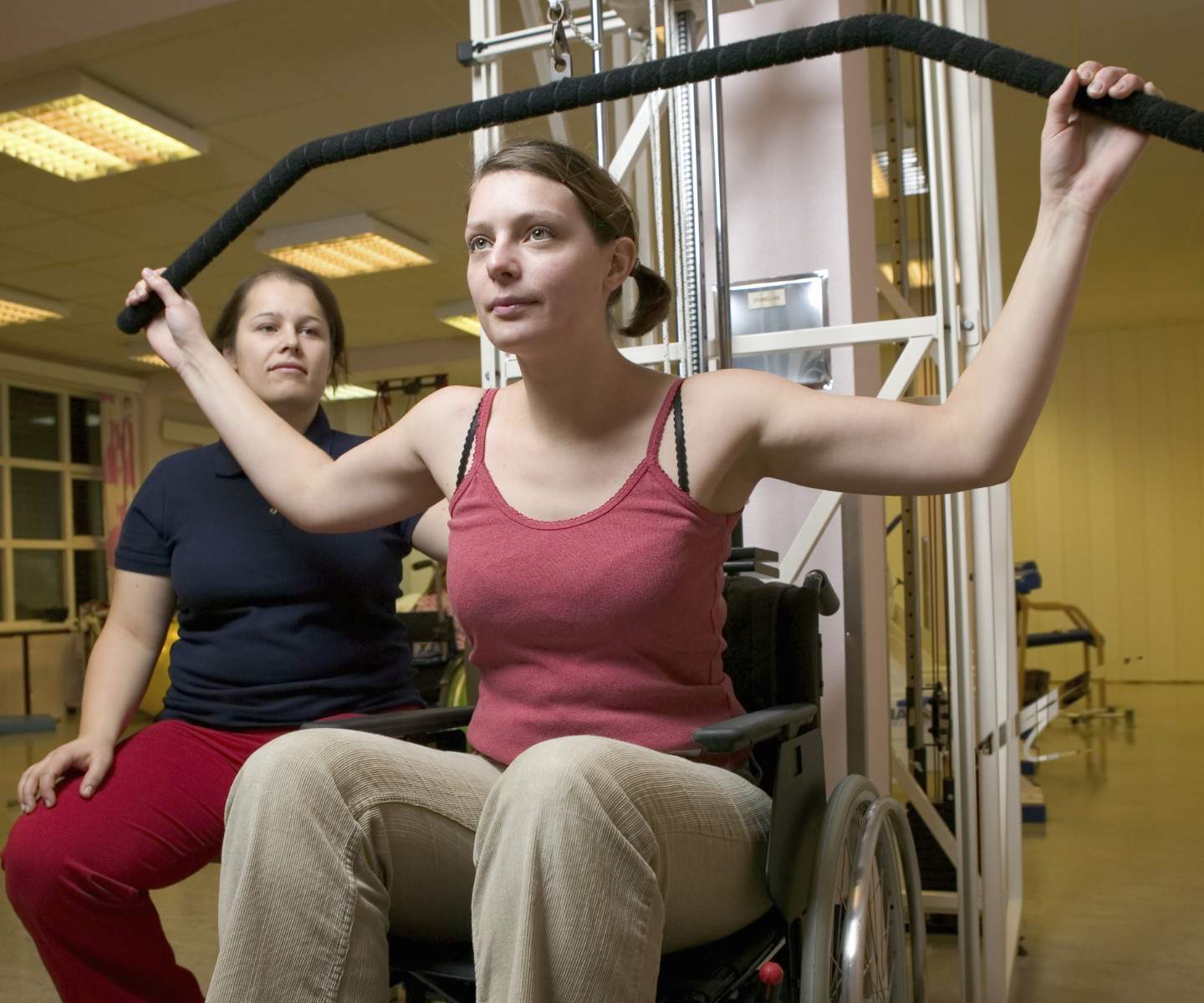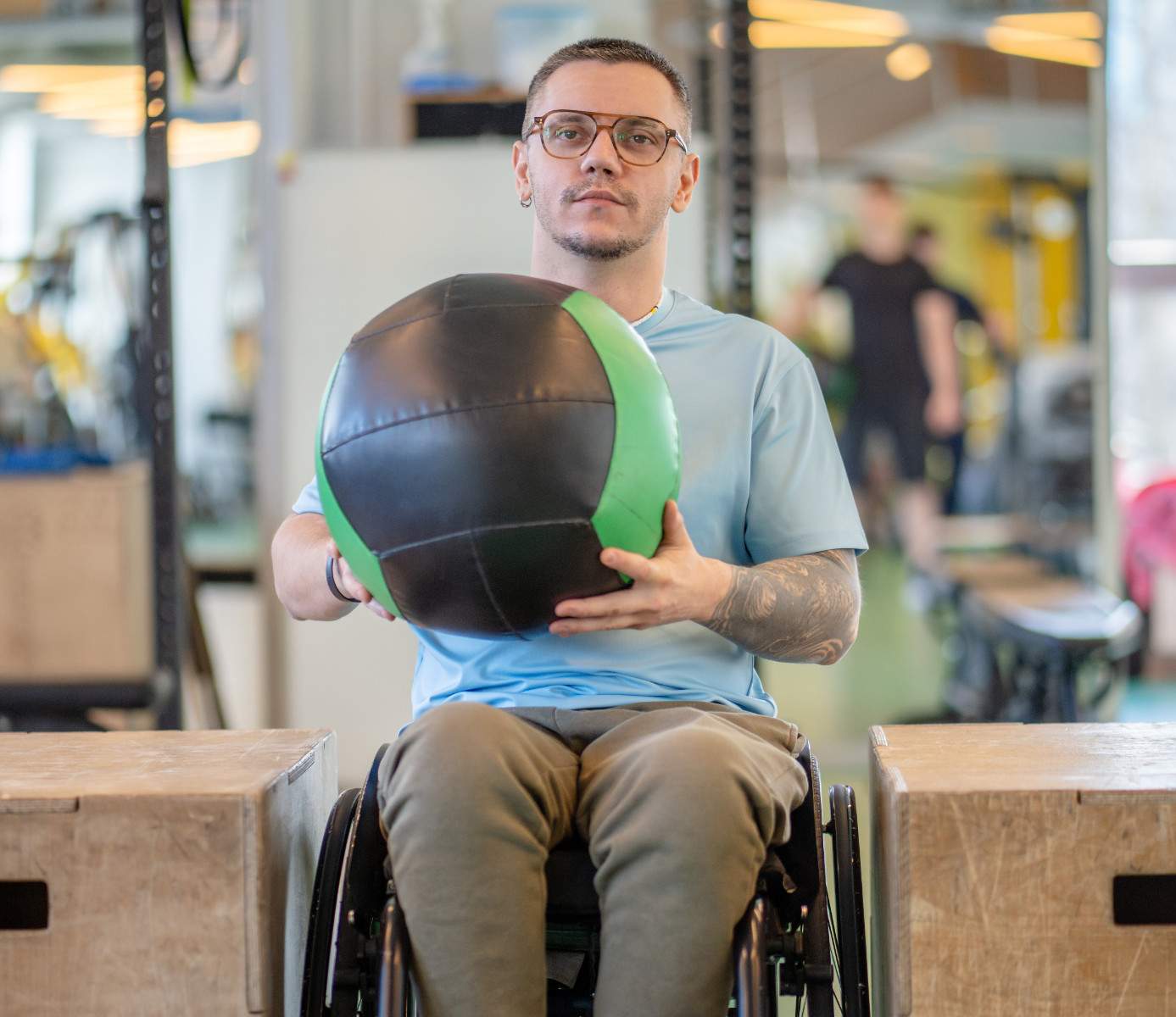Technology is disrupting the fitness landscape, but with some planning we can use apps, wearables and VR to our industry’s advantage, writes fitness entrepreneur Meghan Jarvis.
THE QUICK READ
- We live in the technology era: an age in which we are experiencing immense technological advancements in a short amount of time
- Apps designed for both consumers and the fitness industry are enabling more flexibility and lead generation
- Wearable technology can assist trainers in helping clients monitor their progress and reach their goals
- Virtual reality fitness experiences may help to introduce more people to home-based exercise, which in turn may lead to their engagement with real fitness facilities and professionals.
Whether you like it or not, the future is technology-focused. This is the technology era: an age in which we are experiencing immense technological advancements in a short amount of time. The challenge faced by the fitness industry is how to use this to both our advantage and that of our members, rather than be replaced by it.
Health and fitness comes low down on too many people’s ‘to-do’ lists – and for many it is the distractions and conveniences afforded by technology that are facilitating this. Another night bingeing on Netflix while eating another unhealthy meal delivered by Uber helps exercise and good nutrition get pushed to another time… again. Ironically, the technology that is distracting us from our health is the technology that can also help us train faster, smarter and more time efficiently.
A refusal to engage in the latest trends and developments in fitness technology is no longer an option for fitness businesses that need to connect with a generation of new consumers. For today’s – and even more so for tomorrow’s – members, clients and participants, apps, wearables, streaming workouts and virtual reality are the world that they increasingly inhabit.
Let’s look at how technology is impacting our industry.
Apps
In pretty much every area of life today, for every challenge you encounter ‘there’s an app for that’. Naturally, fitness is no different.
Before apps came along, the health and fitness industry was in need of a shake-up, from the consumer’s perspective, that would provide a comfortable and easy way to locate and participate in classes and training sessions that suited them.
Technology allowed this need to be filled in the form of apps like Classpass, and my own location-based app, Buzvil, that enable consumers to find and book training sessions and classes in their area without the need for membership of a particular club. These apps work to benefit both consumers and the fitness industry, through convenience on the behalf of the former, and lead generation and increased participation on the part of the latter.
The market for non-industry-focused apps, such as personal training apps that assist consumers in their home-based workouts, has also grown enormously – and the Aussies have made a huge impression, with Kayla Itsines’ and Chris Hemsworth’s apps going gangbusters.
Of course, these have their limitations: a virtual trainer cannot correct poor technique, or provide the highly personalised connection and encouragement that a real trainer can.
If the fitness business that you operate is delivering an amazing service with human connection at its heart, then these apps need not be seen as a threat to your model – rather as a complementary service that members may use when they aren’t working out within your walls, and as a low-cost entry-point to exercise that may lead some to upgrade to a membership of a real facility, with all the benefits, opportunities, motivation and sense of community that that entails.
Wearables
Secondly, is the impact of wearables – themselves usually also linked to apps. These devices that track various aspects of our workouts may be small, but they have had a massive impact on the way we think about health and physical activity.
Wearables have removed people’s reliance on personal trainers or other professionals to monitor their heart rate, energy expenditure, pace, distance run and more. Simple to use and reasonably affordable, these devices enable us to easily track, in real time, our own physical activity, all day, every day, and even all night (read this issue’s Research Review on page 60 for more on these).
So, does this threaten the role of the fitness professional? On the contrary. Like the role of apps, wearables can complement the work we do. Data is great, but interpreting it into useful information that can translate into practical behaviours can, understandably, be asking too much of many people.
This is where fitness professionals can work in tandem with the tech, tracking clients with minimal effort, and helping them use this data to reach their goals.
Some of the fastest-growing studio chains are now using tracking technology such as MyZone with their clients and members as standard. This enables them to display results to clients, both during and after training sessions, in a clear and easily understandable format. These wearables, which often also use gamification to add an element of competition to group workouts, have played an integral role in the success of studios such as F45, Orange Theory and, in the US, Soul Cycle.
While some may have an aversion to the data-centricity of wearables, citing the distraction and tendency to compulsive performance checking that they may promote, the fact is that data is here to stay, and it’s better to work with it than to ignore the opportunities it presents.
Environment
Thirdly, technology can be used to change the physical environment of the studios and gyms in which we deliver fitness experiences. Using music, live DJ’s and smoke machines, as some Les Mills classes have done, or heat rooms, like those used by Fire Burner Yoga, can transform a class.
One of the more recent environmental advances afforded by technology is altitude training rooms within regular fitness facilities. Though not possible for every facility, it is becoming increasingly accessible and affordable.
Altitude training is associated with increased energy expenditure and enhanced results using lower intensity compared to the same workouts at sea level. Specific wearable technology now allows clients using these facilities to monitor blood oxygen, heart rate and kilojoules burnt while training at altitude.
It is remarkable that, thanks to technology, everyday fitness consumers now have access to the sort of training experiences that, until a short time ago, were only available to elite athletes at the Australian Institute of Sport.
VR
Lastly, virtual reality is going to play an increasingly large role in our industry.
While virtual classes, such as those created by Les Mills, enable members to participate in classes led by the best in their fields, at any time, VR headsets that can be used at home allow people to participate in virtual classes from their own bedrooms.
With the power of a 4D data platform, VR can collect extensive performance data, right down to how users move in 3-dimensions, that can be played back and watched from any angle.
Aside from the potential for motion sickness that some people shy away from, a negative connotation of VR group fitness is the lack of human connection that would otherwise be apparent in group training classes.
However, by allowing users to participate in simulated experiences such as biking the Tour de France or racing Usain Bolt, VR headsets can add a huge element of fun to exercise. This may help to introduce a new market to fitness – some of the 80% of the population that our industry doesn’t currently reach. Those who are not confident enough to set foot inside one of our facilities may be both more comfortable with, and more motivated by, by the possibilities of exciting experiences in their own homes. This in turn could be their first step towards a fitness habit that will see them join a real facility down the track.
Like all industries, the health and fitness landscape is changing rapidly. By staying up-to-date with the latest advances in tech, we can work with it to our advantage.
Meghan Jarvis
A former professional sportsperson, Meghan is the founder of Buzvil, a health and fitness app that connects providers to consumers. Buzvil has the largest group of health and fitness partners in Queensland and has expanded into five different countries. She is also the National Business Development Officer for Total Gym Australia.buzvil.com / facebook.com/Buzvil / instagram.com/buzvil


